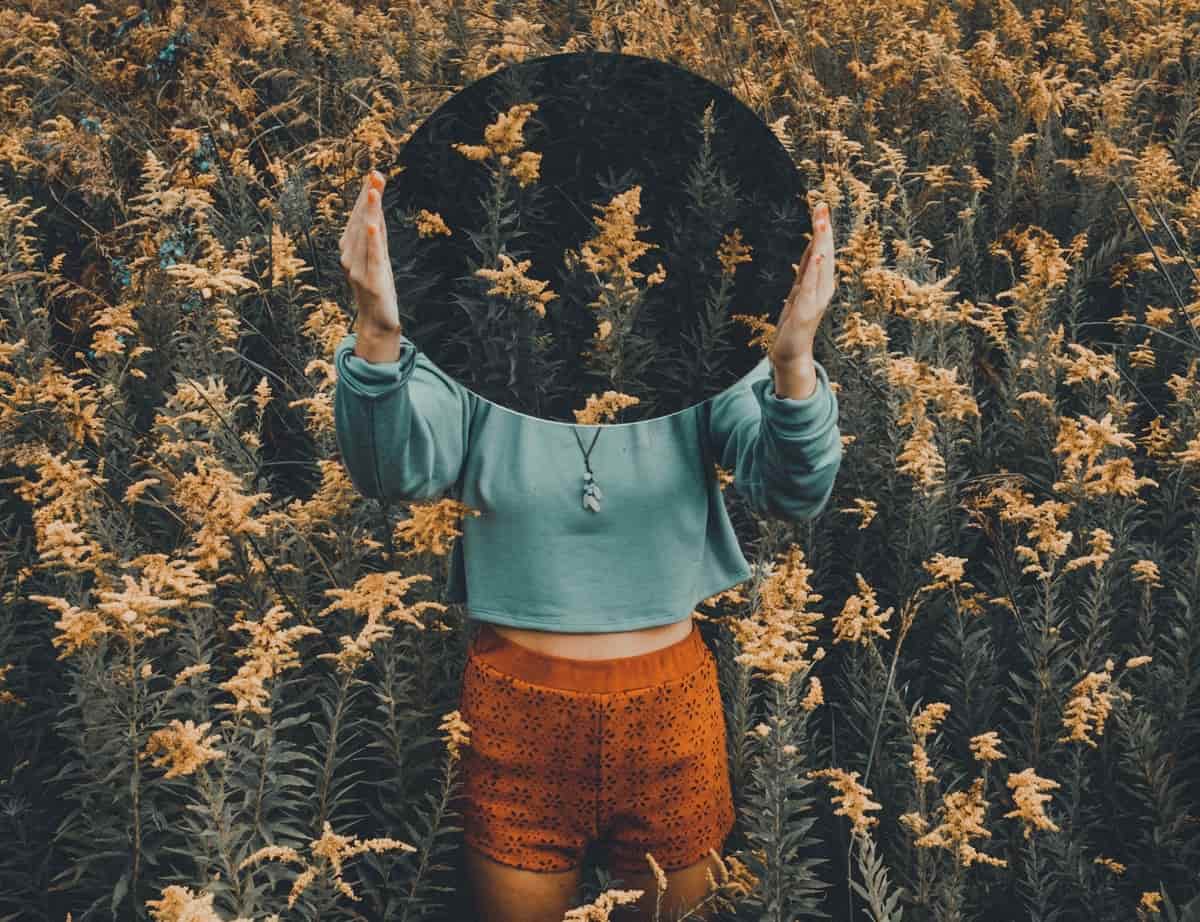Odds are, if you’re creatively stuck, you need to adjust your focus.
Have you ever tried having a conversation with someone focused on their phone, the television, or a good book?
This happened to me last night when asking my wife a question. I started engaging her only to realize she wasn’t hearing a word I was saying. I was standing directly in front of her asking her a question and somehow she wouldn’t acknowledge anything I was saying.
We all do this, become too focused on one thing to acknowledge everything else going on around us.
Focus is an immensely powerful thing when you stop to think about it. Our brains are capable of tuning-out almost anything in order to focus on one specific thing. When we’re laser-focused on a task it’s hard to see anything outside our purview.
When we’re laser-focused it’s hard to see things any other way than what’s directly in front of us. A tight focus means we believe we’ve got everything we need to do the task at hand and nothing should cause us to deviate from that task, we don’t need to let anything else in.
Whereas a relaxed focus means we’re letting in a lot of information, looking widely to see what’s out there and how it might impact the task at hand, at the cost of actually getting anything done.
When we consider the process of creativity, it becomes clear that we must consistently shift focus across a task in order to think in new and valuable ways.
At the beginning of creative work we need a very wide and relaxed focus, in order to surround ourselves with as much stimulus and possibility as we can.
As we progress and gather ideas or insights or tools we must begin to tighten our focus: to start looking at how all of what we’ve collected directly in front of us might go together. What can we do with the possibilities in front of us now?
We then have to switch our focus to be relaxed again and see the possibilities as more than their sum. We have to look at what we’ve begun constructing and ask: “What might be missing? What might I have overlooked? How do these go together and how are they each different?”
After doing so we must, again, bring our focus tighter to fine-tune what’s in front of us. To not distract ourselves with new possibilities but instead answer some of the questions we’ve raised.
In this way creativity is a lot like a puzzle.
We first have to make sure we have all of the available pieces out on the table, we then have to start putting some of them together to build a bigger picture, occasionally zooming-out to see if any of the pieces on the table match the specific part of the puzzle we’re working on now.
If you’re feeling creatively stuck or stifled: consider what type of focus you have been using and whether you should be constraining your focus or relaxing it.
